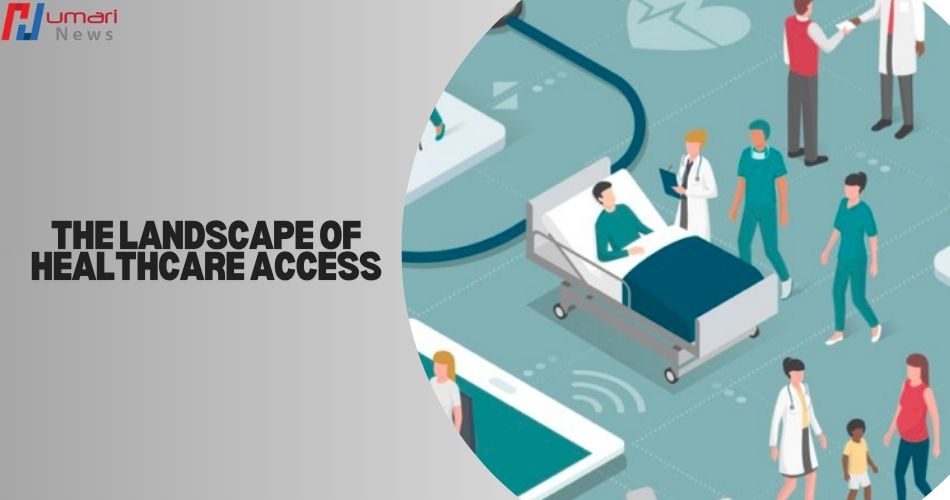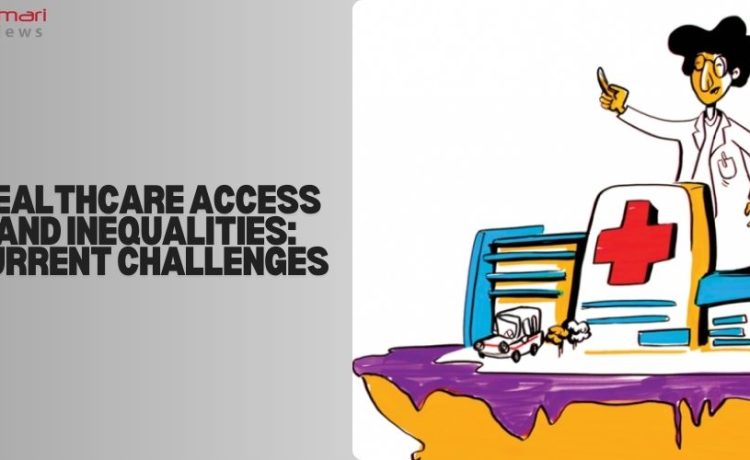Access to healthcare is a fundamental human right, yet millions of people around the world face significant barriers to obtaining the medical services they need. Healthcare inequalities are prevalent in many countries, impacting vulnerable populations and exacerbating existing disparities.
Understanding these challenges is crucial for policymakers, healthcare providers, and communities as they work toward a more equitable healthcare system. This article explores the current challenges related to healthcare access and the inequalities that persist in various regions.
The Landscape of Healthcare Access

Healthcare access refers to the ability of individuals to obtain necessary medical services, including preventive care, treatment for illnesses, and emergency services. Factors influencing healthcare access include geographic location, socioeconomic status, education, and systemic barriers such as healthcare policies and infrastructure.
In many low- and middle-income countries, healthcare systems are often underfunded and lack essential resources. In rural areas, for example, healthcare facilities may be few and far between, making it difficult for residents to receive timely medical care. In urban settings, while healthcare facilities may be more accessible, overcrowding, high costs, and lack of insurance can pose significant barriers.
Key Challenges in Healthcare Access
- Financial Barriers: One of the most significant obstacles to accessing healthcare is cost. Many individuals, especially in countries without universal healthcare systems, struggle to afford medical services. High deductibles, copayments, and the rising cost of medications can deter people from seeking necessary treatment. This financial burden disproportionately affects low-income families, leading to a cycle of poor health and financial instability.
- Geographic Disparities: Access to healthcare often varies significantly by location. Rural areas frequently experience a shortage of healthcare providers and facilities, forcing residents to travel long distances for care. This geographic disparity can lead to delays in treatment, exacerbating health issues and increasing the risk of preventable diseases.
- Systemic Barriers: Healthcare access and inequalities are often entrenched in systemic issues, including discriminatory practices and policies. Marginalized groups, such as racial and ethnic minorities, the LGBTQ+ community, and individuals with disabilities, frequently encounter biases within the healthcare system. This can manifest as inadequate treatment, cultural insensitivity, or outright denial of services.
- Health Literacy: Health literacy, or the ability to understand and make informed decisions about health care, plays a critical role in access. Individuals with low health literacy may struggle to navigate the healthcare system, understand medical instructions, or communicate effectively with providers. This lack of knowledge can prevent them from seeking necessary care or adhering to treatment plans.
- Impact of the COVID-19 Pandemic: The COVID-19 pandemic has magnified existing healthcare inequalities. Many individuals deferred non-COVID-related medical care due to fear of infection, economic hardships, or overwhelmed healthcare systems. Vulnerable populations, including the elderly, those with pre-existing conditions, and low-income families, faced heightened risks and challenges during the pandemic, leading to significant disparities in health outcomes.
The Path Forward
Addressing healthcare access and inequalities requires a multi-faceted approach:
- Policy Reforms: Governments must prioritize healthcare reforms that focus on equitable access for all. This includes increasing funding for healthcare services, particularly in underserved areas, and implementing policies that reduce the financial burden of medical care.
- Community Engagement: Involving communities in healthcare decision-making can lead to more tailored solutions that address specific local needs. Community health workers can play a vital role in bridging gaps and improving health literacy.
- Cultural Competence Training: Healthcare providers should receive training in cultural competence to better understand and address the unique needs of diverse populations. This can help mitigate biases and improve patient-provider communication.
- Telehealth Services: Expanding telehealth options can help overcome geographic barriers, allowing individuals in remote areas to access medical advice and services from the comfort of their homes.
Healthcare access and inequalities remain pressing challenges that require urgent attention. By understanding the barriers that prevent individuals from receiving necessary care, stakeholders can work toward creating a more equitable healthcare system.
The goal should be to ensure that everyone, regardless of their background or circumstances, has the opportunity to achieve optimal health and well-being. Addressing these issues is not only a moral imperative but also essential for building healthier communities and societies.







